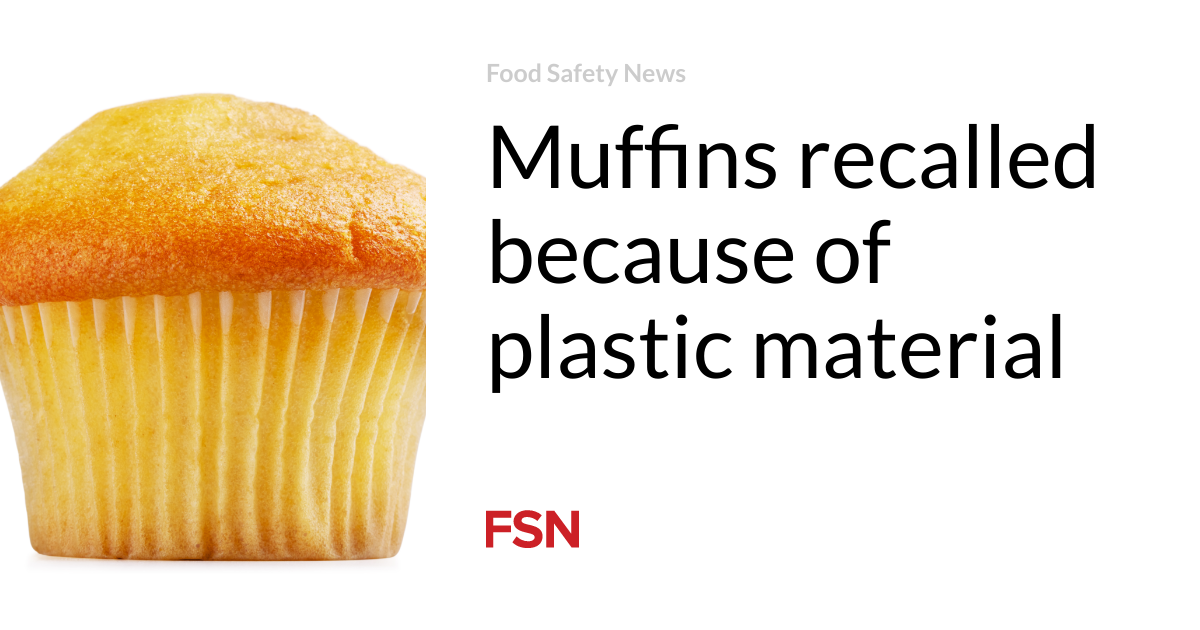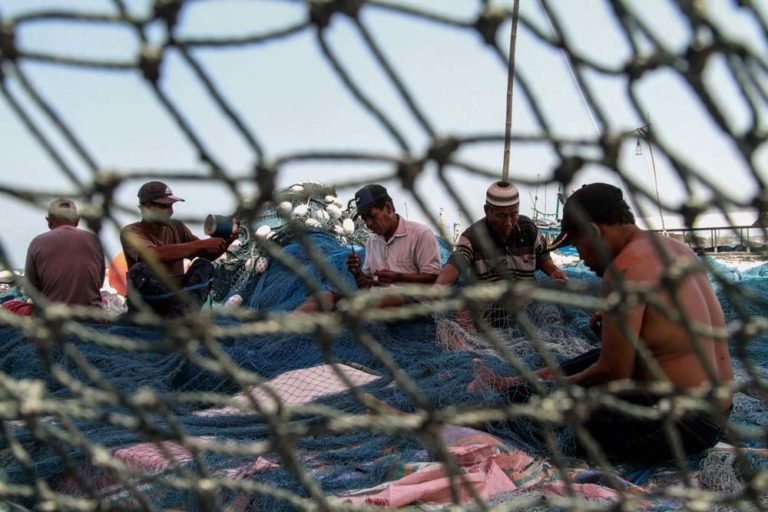One-third of samples tested by Consumer Reports showed Salmonella contamination of ground chicken, including product from one of the nation’s largest producers.
The investigation by the non-profit consumer watchdog group included testing of 75 samples of ground chicken from Perdue and other companies. Purdue sells under its own brand and supplies chicken to Trader Joe’s and Wholesome Pantry. Consumer Reports also found Salmonella in samples from Isernio’s, Walmart and Whole Foods. Overall, no single brand stood out as being statistically better or worse than another, and CR found no difference between ground chicken from organic and conventionally-raised birds.
“Dangerous salmonella is far too common in chicken and sickens hundreds of thousands of people every year,” said James E. Rogers, director of food safety research and testing at Consumer Reports. “The USDA has pledged to reduce illness from salmonella contamination for more than a decade, but CR’s tests show that more progress is clearly needed to protect the public. We need tougher action by the USDA to keep salmonella out of our kitchens and off of our plates.”
All of the salmonella from the ground chicken samples was resistant to at least one antibiotic, and 78 percent of it was resistant to multiple drugs. People handling raw meat contaminated with antibiotic-resistant bacteria can get sick with serious infections that can be hard to treat. More than 212,000 people each year are sickened with antibiotic-resistant salmonella in food, and 70 die, according to the Centers for Disease control and Prevention.
Salmonella is widespread in chicken in part because of the often crowded and filthy conditions in which they are raised. Nearly 1.35 million Americans get sick from salmonella every year, about one-fifth of those cases come from chicken or turkey, including ground versions.
While the U.S. Department of Agriculture requires producers to test poultry for salmonella, a processing facility is allowed to have the bacteria in up to 9.8 percent of all whole birds it tests, 15.4 percent of all parts, and 25 percent of ground chicken. Producers that exceed these amounts are given what amounts to a warning, but not are prevented from selling the meat.
Ground meat is more likely to contain harmful bacteria and make people sick than whole cuts because it comes from multiple animals ground together. Since bacteria in ground meat is mixed throughout, it can be harder to kill by cooking compared to contamination of a chicken breast or steak, where the bacteria is generally found on the surface. Ground meat is also usually handled more than whole cuts of meat, so there’s more of an opportunity for bacteria to spread from hands to kitchen preparation surfaces and to other foods.
“The USDA allows far too much chicken contaminated with salmonella on the market and puts the burden on consumers to protect themselves,” said Lisa Gill, an investigative reporter for Consumer Reports. “There are steps we can all take to reduce the risk of getting sick, but that can be harder to do with ground meat.”
What the USDA should do
Consumer Reports is calling on the USDA to set more aggressive goals to sharply reduce the percentage of chicken samples allowed to test positive for salmonella.
The agency should also focus on reducing the salmonella strains that pose the biggest threat to human health. In CR’s test, 91 percent of the salmonella detected in ground chicken was from three strains.
CR also believes the USDA needs more authority to inspect poultry plants and should close facilities immediately when high salmonella rates are found.
What consumers can do
CR recommends a number of steps you can take to prevent foodborne illness in the kitchen:
- Keep raw meats in a disposable bag apart from other foods at the grocery store
- Store raw meat in a bag or bowl in the refrigerator to keep juices from leaking onto other surfaces or foods
- Thaw frozen meat in the refrigerator to keep the meat cooled to below 40 degrees Fahrenheit, a temperature that impedes the growth of bacteria.
- Wash your hands in hot soapy water before you start prepping, and every time you touch raw meat, and again when you have finished.
- Use a dedicated cutting board for raw meat and another one for fruits and vegetables
- Get a meat thermometer and use it. Ground beef and pork is safe to eat when cooked to 160 degrees Fahrenheit; poultry should be cooked to 165 degrees Fahrenheit; and beef roasts and steaks and pork roasts and chops should be cooked to 145 degrees Fahrenheit
- Refrigerate leftovers promptly, no more than two hours after the food has been removed from the stove.
(To sign up for a free subscription to Food Safety News,click here)













